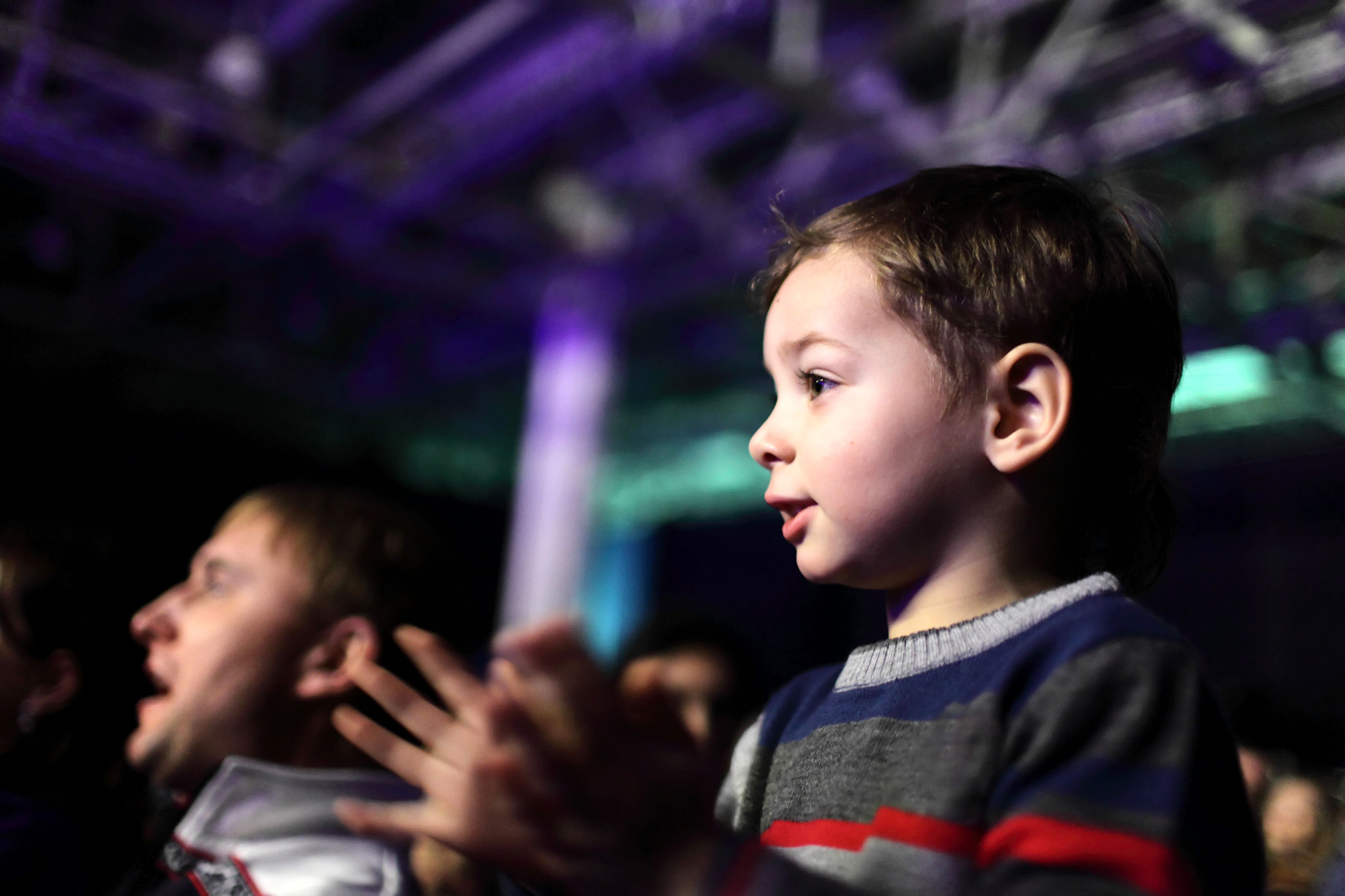The Role of Family in War Dramas: Insights from 'Children of a Hope'
The Complexity of Family Dynamics in War Dramas
War dramas have long captivated audiences with their intense depictions of conflict and the human spirit. One of the most compelling aspects of these narratives is the role of family, which often serves as both a source of strength and tension. In the acclaimed series 'Children of a Hope,' family relationships are intricately woven into the fabric of wartime struggles, providing a rich tapestry of emotions and conflicts that resonate deeply with viewers.
Family dynamics in war dramas can highlight the personal stakes of larger geopolitical conflicts, making the narratives more relatable and emotionally charged. By focusing on individual stories within a family unit, 'Children of a Hope' explores how war impacts relationships, decisions, and personal growth.

Family as a Source of Resilience
Amidst the chaos of war, families often serve as a beacon of hope and resilience. In 'Children of a Hope,' characters frequently turn to their familial bonds for support and motivation. The series illustrates how these connections can provide emotional grounding, allowing individuals to persevere in the face of overwhelming adversity.
The depiction of family as a source of strength underscores the importance of unity and love in overcoming challenges. This theme is a powerful reminder that even in the darkest times, the support of loved ones can inspire courage and determination.

The Strain of Conflict on Family Ties
While family can be a source of resilience, war also places immense strain on these relationships. 'Children of a Hope' does not shy away from portraying the conflicts that arise within families during wartime. These tensions are often exacerbated by differing beliefs, survival strategies, and personal sacrifices required by the circumstances.
Such portrayals add depth to the narrative by exploring how external pressures can fracture familial bonds, leading to emotional turmoil and difficult decisions. The series captures the painful reality that, in times of war, families are often forced to navigate complex moral landscapes.

The Evolution of Family Roles
War often necessitates a shift in traditional family roles, which is vividly depicted in 'Children of a Hope.' Characters are compelled to adapt to new responsibilities, with children sometimes taking on adult roles and parents facing challenges they never anticipated. This evolution is crucial for survival but also leads to significant personal development.
The series effectively highlights how these role changes can lead to newfound respect and understanding among family members, as they learn to rely on each other in unprecedented ways. Such transformations can bring families closer together, even as they navigate the uncertainties of war.
Legacy and Memory
Another important theme in 'Children of a Hope' is the legacy of war and its impact on family memory. The series delves into how families preserve their histories and pass down stories of resilience and sacrifice to future generations. This transmission of memory is vital in shaping identity and understanding one's place in the world.
By exploring these themes, 'Children of a Hope' emphasizes the enduring influence of family narratives, highlighting how they can provide both comfort and cautionary tales for those who come after.

Conclusion
In war dramas like 'Children of a Hope,' family plays an indispensable role in shaping the narrative. Whether as a source of strength or a point of tension, the portrayal of family dynamics provides a nuanced perspective on the human experience during conflict. These stories remind us that even amidst the horrors of war, familial bonds offer hope, challenge, and an enduring legacy that defines generations.